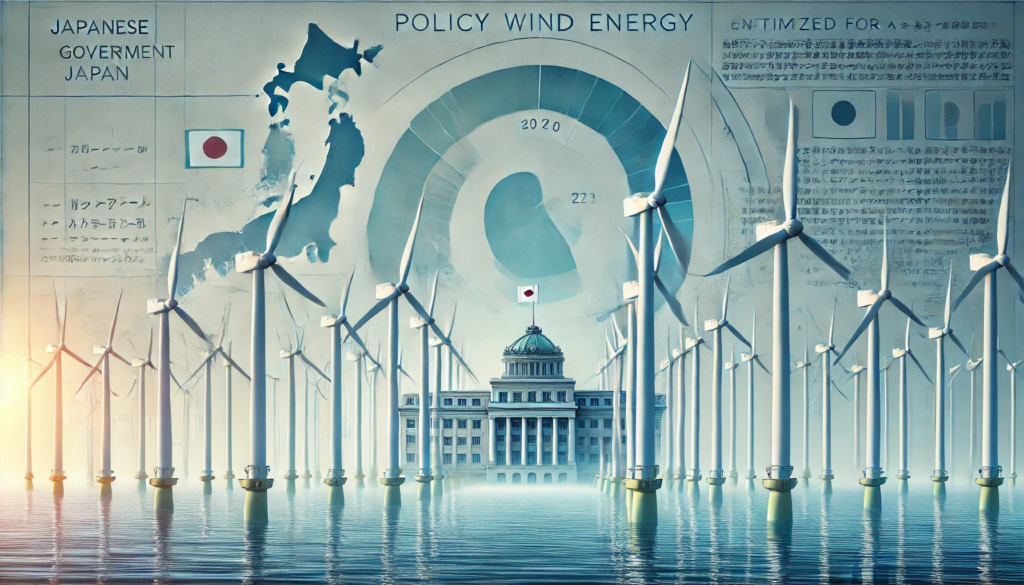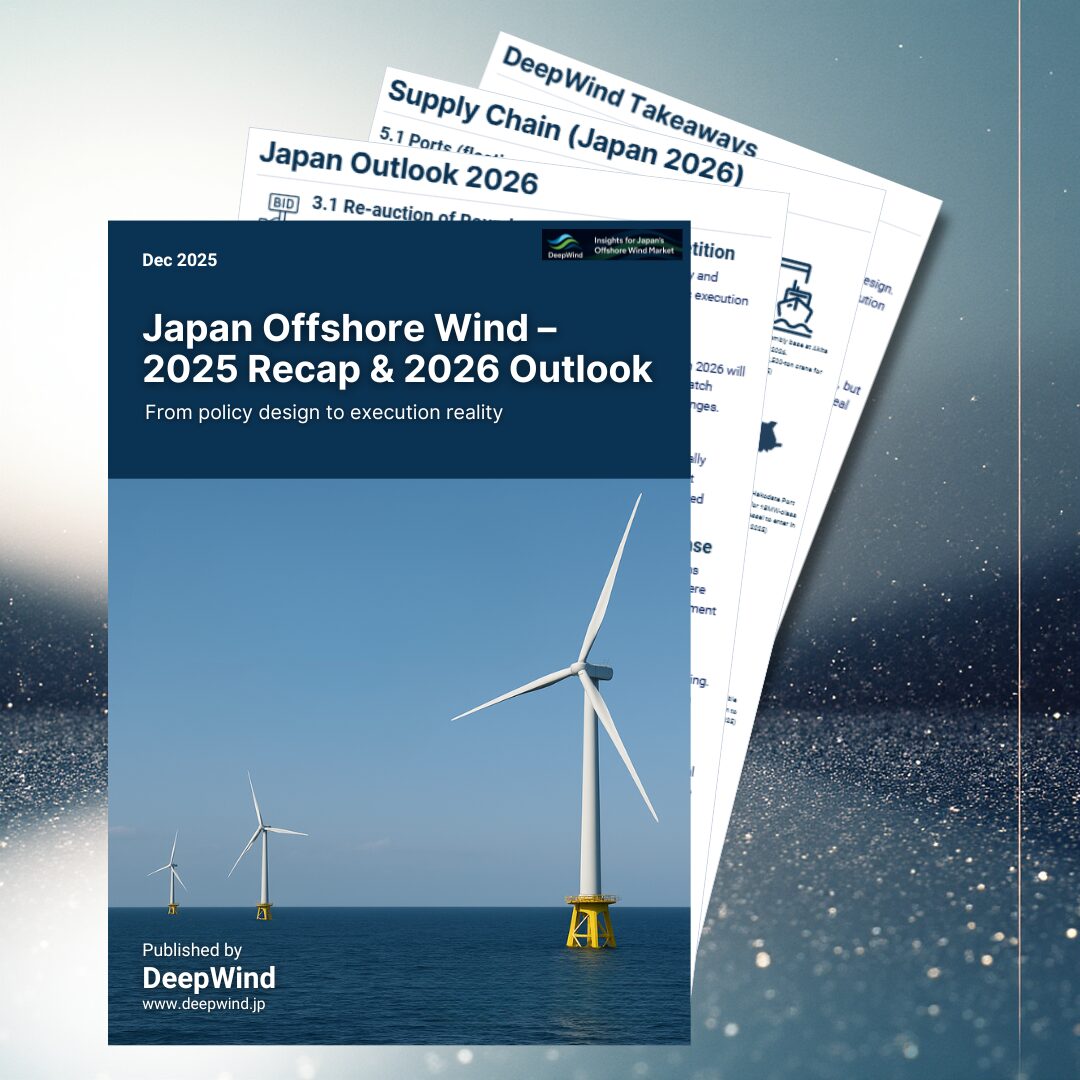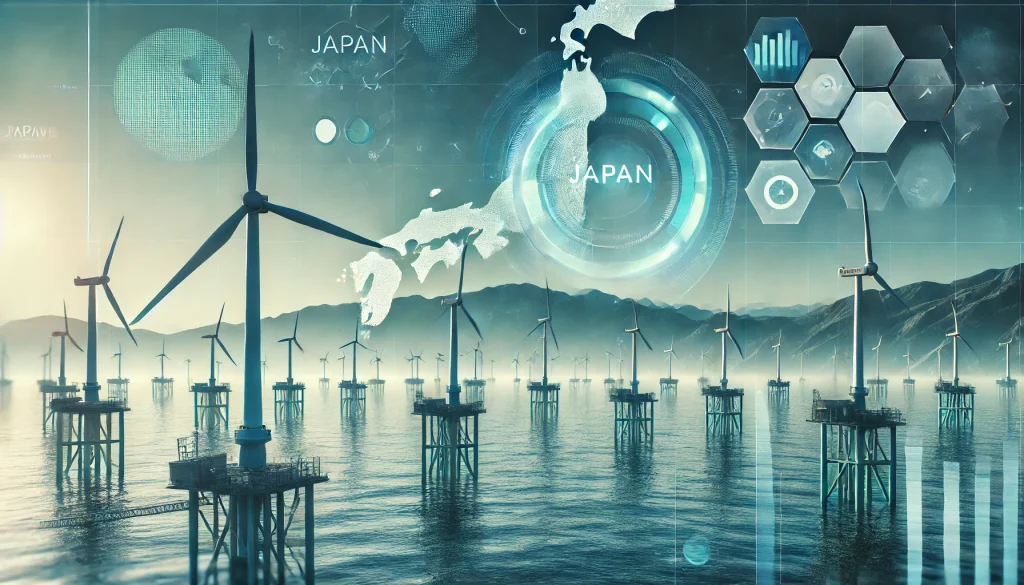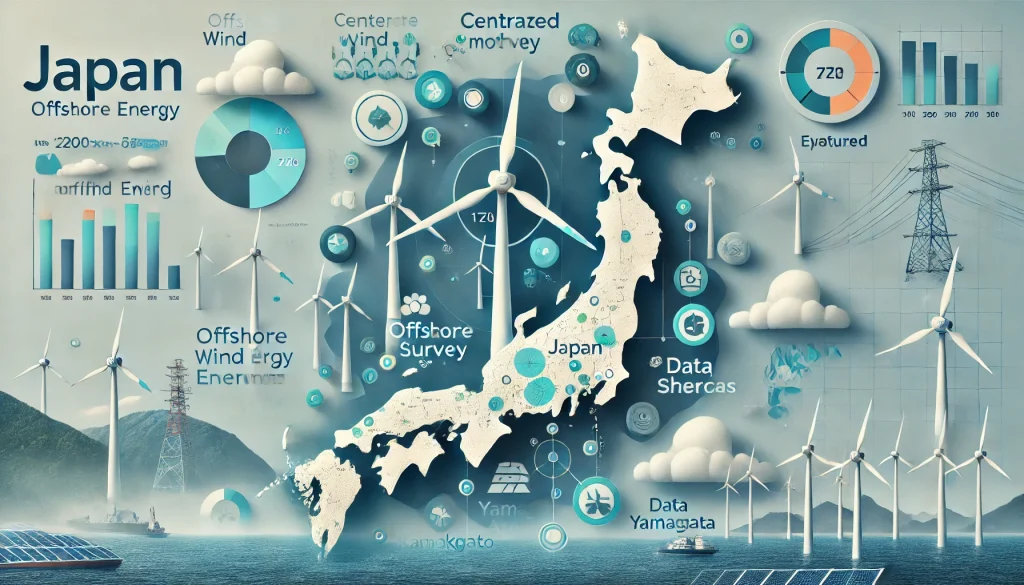Introduction
Japan is actively refining its offshore wind energy policies to ensure faster deployment, reduce risks, and create a more attractive environment for global investors. These reforms aim to balance the need for rapid development with the certainty of long-term project execution. In this post, we explore the key areas of reform: operational timelines, risk management, compensation mechanisms, and zero-premium bidding. These initiatives mark a significant step forward for Japan’s renewable energy sector, positioning the country as a global leader in sustainable energy solutions.
While this article focuses on a specific topic, those looking to understand Japan’s overall offshore wind policy and regulatory framework should also read our comprehensive summary here:
👉 Japan’s Offshore Wind Policy & Regulatory Framework: Laws, Permits, and Support Schemes
1. Operational Start Dates: Ensuring Speed and Reliability
To address delays and improve project efficiency, Japan is introducing clear operational start dates for offshore wind projects. This measure ensures a structured approach to project execution by:
1-1. Establishing Timelines
Developers must adhere to pre-set timelines for project milestones, from planning and environmental assessments to construction and grid connection.
1-2. Balancing Speed and Quality
While rapid deployment is critical, operational start dates prevent rushed projects that could compromise safety and environmental considerations.
1-3. Global Competitiveness
By aligning project schedules with global standards, Japan ensures that international investors can confidently engage in its offshore wind market.
1-4. Impact
These timelines encourage efficiency and foster trust among stakeholders, particularly foreign investors seeking predictable project outcomes.
2. Emphasizing Risk Scenarios for Secure Implementation
Risk management is now a cornerstone of Japan’s offshore wind strategy. The government has introduced measures to evaluate and mitigate potential risks during project planning and execution.
2-1. Key Risk Areas
• Construction delays due to unforeseen weather or logistical issues.
• Regulatory hurdles, such as permitting or community objections.
• Market risks, including fluctuating costs and supply chain disruptions.
2-2. Evaluation Framework
Developers are required to submit detailed risk assessments and contingency plans during the bidding process. Projects with robust mitigation strategies receive higher evaluations.
2-3. Impact
By prioritizing risk scenarios, Japan ensures that selected projects are not only ambitious but also practical and feasible, reducing the likelihood of delays or cancellations.
3. Revised Compensation Mechanisms: Deter Withdrawal and Delays
To address project withdrawals or delays, Japan has revamped its compensation system. The new framework introduces stronger financial disincentives for developers who fail to meet their commitments.
3-1. Compensation Adjustments
Developers may face increased penalties for missing deadlines or withdrawing from projects.
3-2. Accountability Measures
Strict penalties are designed to deter speculative bidding and ensure that only serious, capable developers participate in tenders.
3-3. Encouraging Compliance
The revised system rewards developers who meet or exceed project timelines, creating a culture of accountability.
3-4. Impact
This approach builds investor confidence by ensuring that awarded projects are more likely to succeed, reducing overall market risks.
4. Zero Premium Policy: Rethinking Competitive Bidding
Japan is also exploring the concept of “zero-premium” bidding to ensure cost-efficient project development while maintaining fairness for developers.
4-1. What is Zero Premium?
Zero-premium bidding refers to situations where developers bid to supply electricity at no additional premium above market prices, minimizing costs for the government and consumers.
4-2. Balancing Costs and Incentives
While cost neutrality is essential, Japan aims to avoid overly aggressive bidding that could jeopardize project feasibility.
4-3. Fair Competition
Developers are encouraged to submit realistic bids that account for operational and financial risks, ensuring sustainable project outcomes.
4-4. Impact
This approach strikes a balance between competitive pricing and developer profitability, making Japan’s offshore wind market more sustainable in the long term.
Conclusion
Japan’s comprehensive policy reforms reflect its commitment to creating a thriving offshore wind energy sector. By setting clear operational timelines, emphasizing risk management, revising compensation mechanisms, and exploring zero-premium bidding, Japan ensures a balanced approach to rapid development and long-term project reliability.
For global investors, these reforms offer a transparent, secure, and competitive environment to invest in one of the world’s most promising offshore wind markets. As Japan targets 10 GW of offshore wind capacity by 2030 and 30–45 GW by 2040, these initiatives pave the way for sustainable growth and international collaboration.
For a broader understanding of Japan’s offshore wind legal system, policy structure, and support measures, be sure to check out our pillar article:
🌊 Japan’s Offshore Wind Policy & Regulatory Framework: Laws, Permits, and Support Schemes
Explore more categories at DeepWind:
- 🔍Market Insights – Understand the latest trends and key topics in Japan’s offshore wind market
- 🏛️Policy & Regulations – Explore Japan’s legal frameworks, auction systems, and designated promotion zones.
- 🌊Projects – Get an overview of offshore wind projects across Japan’s coastal regions.
- 🛠️Technology & Innovation – Discover the latest technologies and innovations shaping Japan’s offshore wind sector.
- 💡Cost Analysis – Dive into Japan-specific LCOE insights and offshore wind cost structures.



